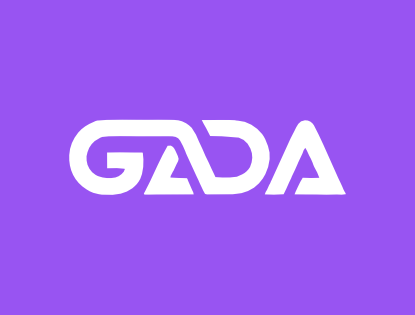Agada....
This was the extent my ancestors got to building their own bed called "Elu akwa" when complete with the grass filled mattress. I don't know the history of its creation so I can't venture there.
This piece of artistry is already extinct even in the most rural of Igboland.
This wooden structure itself is called Agada in my Mbaise dialect, and few other Igbo speaking areas I know.
When the Igbo say that "Iko anaghị eku nwa, ihe o ketere bu aziiza elu ákwà", meaning that "a concubinus doesn't make paternity claims rather his only gain from the relationship is the heat of sexual intercourse." This is the"elu ákwà we talk about.
But seeing this photograph which I got from the walls of my brother Kelechi Sam Nwagbaraocha brought up something else.
We have a saying that "Agada gbachiri ụzọ" this basically means the Agada that blocked the door.
Those days, the doors of the thatched roofed houses our ancestors built were tiny, and it was always a rigourous spectacle either taking the bed inside the room or bringing it out.
And this process was always a real battle as it often gets stuck on the door blocking entrance and exit.
It is from this obstruction that the phrase "Agada gbachiri ụzọ" came from.
I know over the years some have used that term in religious contexts to refer to higher beings or even God as "the one who blocks the way".
Some have also used it to refer to someone who tries to obstruct the success of others. Or someone who actively tries to undermine or sabotage the success of others, often after they have achieved something themselves.
However, I have always wanted to know the context in which Chief Ozumba Mbadiwe took the title of Agada Gbachiri Ụzọ. Was it about his role in the NCNC or NPN?
First, Mbadiwe didn't have the key to the River Niger like The Great Zik, and he also didn't have the power to trick the Mamiwata into a bottle and locking her up, after which he crushed her to make the popular powder 'Saturday Night'. If you don't know about these stories then I am your real elder.
So who knows why Ozumba Mbadiwe was "Agada Gbachiri Ụzọ"?
Agada....
This was the extent my ancestors got to building their own bed called "Elu akwa" when complete with the grass filled mattress. I don't know the history of its creation so I can't venture there.
This piece of artistry is already extinct even in the most rural of Igboland.
This wooden structure itself is called Agada in my Mbaise dialect, and few other Igbo speaking areas I know.
When the Igbo say that "Iko anaghị eku nwa, ihe o ketere bu aziiza elu ákwà", meaning that "a concubinus doesn't make paternity claims rather his only gain from the relationship is the heat of sexual intercourse." This is the"elu ákwà we talk about.
But seeing this photograph which I got from the walls of my brother Kelechi Sam Nwagbaraocha brought up something else.
We have a saying that "Agada gbachiri ụzọ" this basically means the Agada that blocked the door.
Those days, the doors of the thatched roofed houses our ancestors built were tiny, and it was always a rigourous spectacle either taking the bed inside the room or bringing it out.
And this process was always a real battle as it often gets stuck on the door blocking entrance and exit.
It is from this obstruction that the phrase "Agada gbachiri ụzọ" came from.
I know over the years some have used that term in religious contexts to refer to higher beings or even God as "the one who blocks the way".
Some have also used it to refer to someone who tries to obstruct the success of others. Or someone who actively tries to undermine or sabotage the success of others, often after they have achieved something themselves.
However, I have always wanted to know the context in which Chief Ozumba Mbadiwe took the title of Agada Gbachiri Ụzọ. Was it about his role in the NCNC or NPN?
First, Mbadiwe didn't have the key to the River Niger like The Great Zik, and he also didn't have the power to trick the Mamiwata into a bottle and locking her up, after which he crushed her to make the popular powder 'Saturday Night'. If you don't know about these stories then I am your real elder.
So who knows why Ozumba Mbadiwe was "Agada Gbachiri Ụzọ"?




